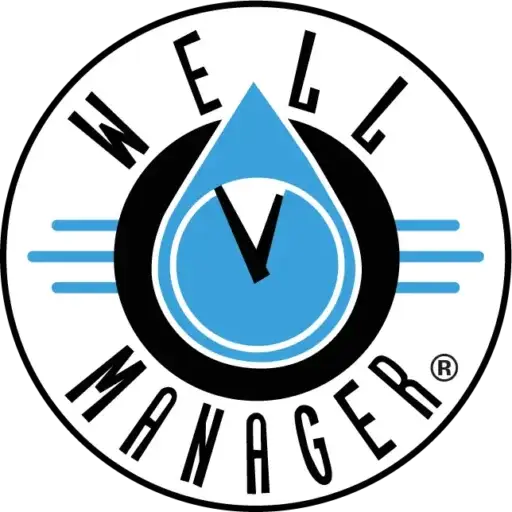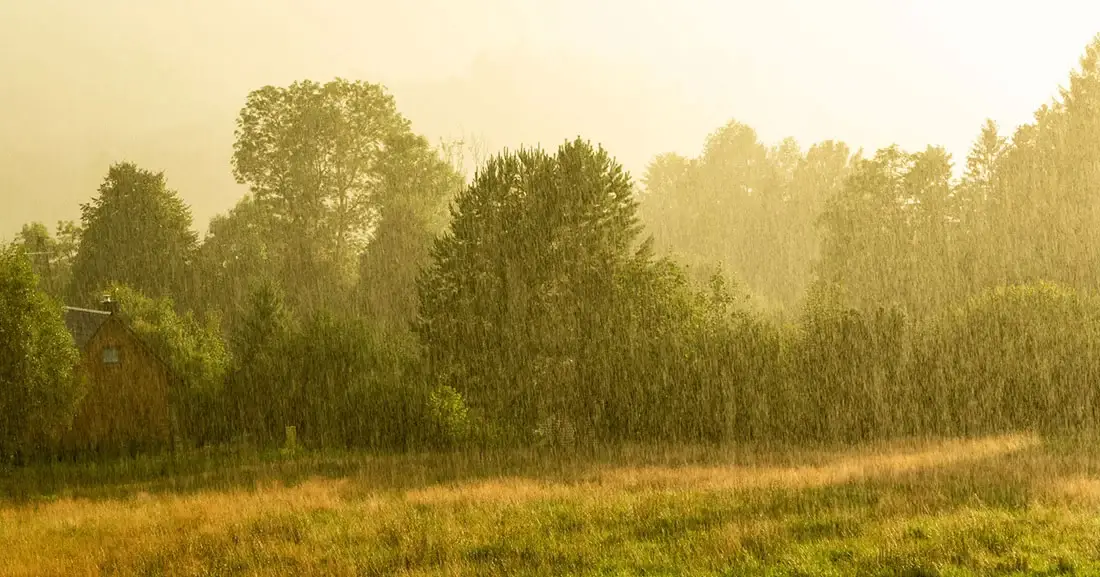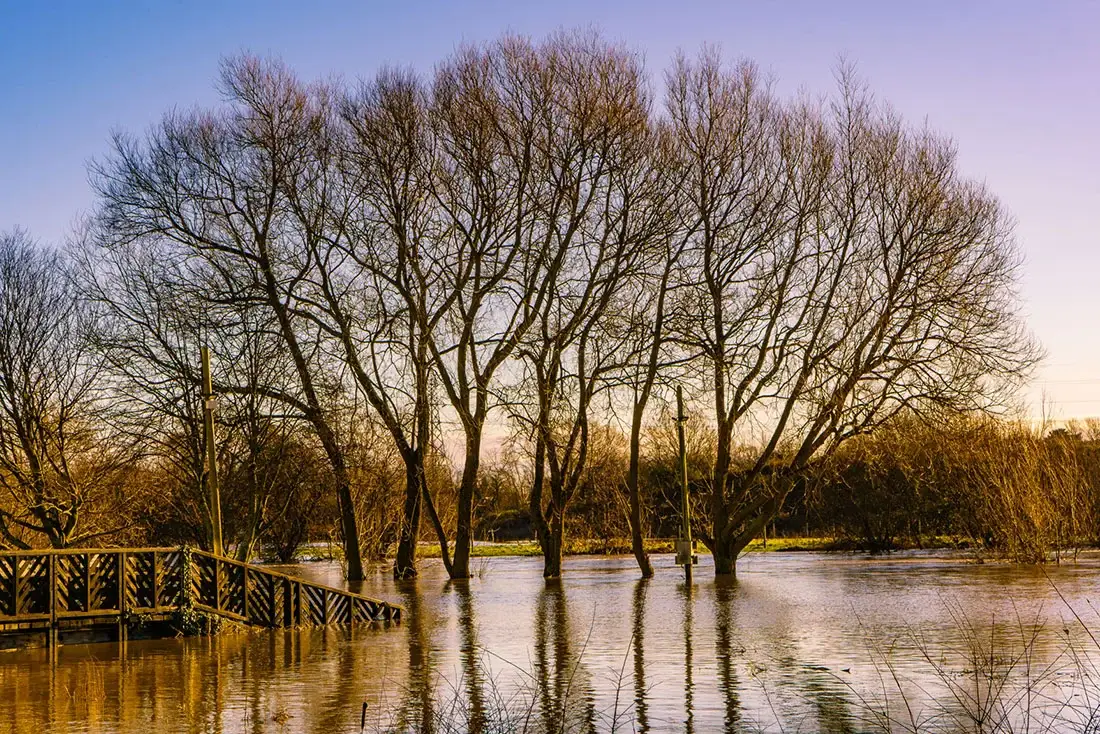It’s springtime, and your region just got drenched with record-breaking rains—yet your well water pressure remains stubbornly weak. Many homeowners assume abundant rainfall is a quick fix for a low water pressure well, but that’s not always true. Nature’s supply may seem generous, but groundwater recharge is a slow and complex process. So, while everything above ground is soaked, the water hundreds of feet below might still lag.
Some wells respond quickly to precipitation, but deeper or more “isolated” wells often show little improvement after even the heaviest downpours. Rainwater has to infiltrate through various layers of soil and rock, which can take weeks, months, or even years. If your well pressure is low, the culprit could be geology, clogged screens, or even mechanical glitches—none of which a spring storm alone can magically solve.
Slow-Moving Groundwater Isn’t Like Filling a Tank
It’s tempting to picture rain falling straight into your well. But the journey from surface puddle to deep aquifer can be painstakingly slow. By the time water seeps through layers of soil and rock, much of it has already flowed off into rivers or been used by vegetation. This mismatch between visible rainfall and actual recharge is one big reason your well pressure may remain unchanged even after a week of torrential downpours.
- Not All Rain Reaches the Aquifer:Large portions are lost to runoff or evaporation before seeping underground. Heavier bursts of rain tend to flood quickly off the surface rather than soak in deeply.
- Recharge Lag:Water that does percolate downward might not arrive at your well’s intake depth until long after spring ends.
If your well is deeper or drawing from a confined aquifer, a rainy season might offer little immediate relief because the aquifer recharges on its own slow timetable.
Why Torrential Showers Can Backfire for Infiltration
Gentle rainfall over several days is often more effective at boosting groundwater than a thunderous two-inch downpour in one afternoon. When soil becomes saturated too fast, excess water simply streams away rather than trickling deeper. You may see overflowing gutters and pooled lawns, yet very little of that water winds up where your well can use it.
Steady snowmelt or light rain gives the earth time to absorb moisture—imagine a sponge soaking up water gradually. By contrast, intense storms act more like dumping water on a concrete sidewalk: most of it drains off before it can penetrate. Even the best aquifers can’t fully capitalize on an onslaught of fast runoff.
If stormwater rushes across the surface rather than soaking in, all that spring rain won’t necessarily translate into higher pressure at your faucet.
Seasonal Highs Aren’t Always High Enough
Many regions experience a seasonal rise in water tables during spring, but that upswing might be smaller than expected—especially if the previous year was dry. Heavy rains help refill streams and ponds quickly, but wells tapping deeper layers often need a more sustained period of surplus water. In some cases, the aquifer simply plays catch-up with earlier deficits.
Sub-Points to Consider
- Deep vs. Shallow Wells:Shallow wells react faster to wet spells and are the first to drop when conditions dry out. Deep wells change more slowly, meaning you might not see improvement until well after surface waters rebound.
- Previous Dry Seasons:If fall or winter were abnormally dry, it may take more than one rainy spring to recover lost ground.
Seasonal boosts might raise the water table somewhat, but not necessarily enough to restore normal flow in a low water pressure well—especially if the aquifer has been under strain for months.
Sediment and Clogging Can Cancel Out the Benefits
Sometimes, the aquifer does get a bump from spring moisture—yet your household still suffers a trickle. Heavy rainfall can stir up sediment that clogs well components or household filters, negating any gains in water supply. Instead of celebrating an increased water table, you’re left wrestling with murky flow and sputtering faucets.
When fine silt or sand floods your well casing, it can clog the screens, valves, or pump. Even if there’s technically more water underground, it doesn’t flow efficiently into your home. Until those sediments are flushed out or removed, the net effect is poor water pressure despite the seasonal surge.
This frustrating scenario often leaves homeowners baffled—there’s more water to tap, but the well’s intake pathways are too bogged down to let it through.
Mechanical Issues Mean Extra Rain Doesn’t Help
A deeper water table might not matter if a failing pump or pressure tank keeps your home from benefiting. Many people are surprised to learn that what feels like a water shortage is sometimes just a hardware failure. If the pump can’t properly build pressure or the tank is compromised, no amount of rainfall will solve your low water pressure well problem.
- Failing Pump or Pressure Switch:The pump might not be hitting adequate RPMs to push water effectively. A worn pressure switch may cut off too soon, resulting in inconsistent flow.
- Damaged Pressure Tank:A broken bladder or improper air charge can lead to frequent pump cycling and low output.
- Pipe and Valve Blockages:Sediment, scale, or partial blockages in your plumbing can choke flow no matter how full the aquifer is.
Repairs or part replacements may be a more direct path to consistent pressure than waiting for nature to refill your well—especially if your system’s components are aging or poorly maintained.
Turning to Professional Expertise for Real Solutions
If persistent low pressure remains despite ample spring precipitation, the logical next step is a thorough system evaluation. Rather than blaming the rain—or lack of it—consider having a professional check your well integrity, pump performance, and any possible blockages. Armed with real data about your aquifer and equipment, you can make targeted improvements instead of hoping for the next storm.
Well Manager understands how disheartening it is when spring rains don’t deliver the flow you expect. You can often resolve low-pressure issues without drilling a new well by combining proper timed collection methods, strategic hardware updates, and an assessment of your well’s geology. The key is to pinpoint the root cause, be it recharge lag, sediment buildup, or a mechanical glitch.
Investing in an expert diagnosis ensures you’re not relying solely on seasonal weather patterns to fix deeper (or literally deeper) issues with your well system.
Why a Storm Alone Won’t Guarantee Stronger Well Pressure
Short-lived rains can boost rivers and ponds, but the underground flow that feeds your well is slower and more complicated. If your well relies on deeper aquifers or if the system itself has mechanical flaws, those heavier-than-usual spring rains may not make a noticeable difference in your home’s water pressure. In the end, true well recovery hinges on a combination of favorable hydrogeology, proper infiltration, and an efficient well system—conditions that aren’t always fulfilled just because the forecast calls for a downpour.



